A proper flagship without the usual compromises — but the execution isn't perfect.
In our initial round of reviews, I took the lead on the standard OnePlus 8, while Daniel Bader took on the OnePlus 8 Pro. But thankfully, I do have both phones, so I was able to swap over to the 8 Pro to see how it differs from the base model that's $200 less and generally less exciting. The 8 Pro is the big, feature-packed flagship we've been waiting for OnePlus to make for years.
The great part about doing a second review of a phone is that I don't have to cover all of the basics; I can just jump right into the biggest things I want to discuss from my own experience after the first review drops. And it also provides a particularly unique perspective coming from the OnePlus 8, as I can see where the value lies in the price increase. Here's my take on the OnePlus 8 Pro.
At a glance
OnePlus 8 Pro
Bottom line: OnePlus finally made a proper flagship phone without the little issues and missing features we've come to expect. It has excellent performance and battery life, a great screen and hardware, and now a primary camera that can compete with flagships. Subsequently, it's also expensive, and that means I can nitpick about its weak supporting cameras, unwieldy size, and shortcomings in network support.
Pros
- Great screen
- Incredible battery life
- Lovely OxygenOS software
- Consistently fantastic performance
- Strong main camera quality
Cons
- Telephoto and wide cameras are weak
- Often too big to use comfortably
- Incomplete U.S. 5G support
- U.S. Dual SIM support hasn't arrived
From $899 at OnePlus From $899 at Amazon
OnePlus 8 Pro What I like
OnePlus continues to deliver an exceptional smartphone experience when it comes to ease of use, consistent performance, and visual simplicity. That's something you can appreciate at any price, and OnePlus is the only company this side of Google that does things the right way in all of those categories.
OxygenOS is easy to use, fantastic to explore, and never slows down.
OxygenOS didn't really change for the 8 Pro's release, but I don't care one bit. OnePlus thankfully shows restraint and chooses to only release features when they're ready and actually add value, not just because a new phone is coming out. And that means its software isn't bloated or filled with features for the sake of features — so you get a solid core set of very useful features, and nothing else. OxygenOS also makes it very simple to use the phone simply how it comes out of the box, without being annoyed by anything, while also still providing abundant options for customization if you want.
You also get stellar performance from this software — I can't find any task or combination of tasks that cause even a hint of a slowdown. Not a dropped frame, stutter, slowdown, hiccup, or any other descriptor; it's just rock solid at all times. And I really commend OnePlus for keeping up that performance for years as these phones get updated. It shows that you don't need to have the latest specs to have the best performance — though obviously, the 8 Pro is filled with a healthy spec sheet.
The OnePlus 8 Pro's hardware honestly doesn't excite me — it's right in line with any other high-end phone out today — but its screen does stand out from the crowd. Every characteristic of it, from top to bottom, goes head to head with Samsung's screens, and that's a huge accomplishment. I love the 120Hz refresh rate, colors look great, and daylight visibility is also superb — and of late, I've appreciated that the screen is viewable both landscape and portrait with polarized sunglasses. Yes, I'm aware of the reported issues with black reproduction at low brightness levels, but I never noticed even a hint of this in my normal use.
The OnePlus 8 Pro has incredible battery life no matter what you do with the phone.
What's incredible is that OnePlus was confident enough to ship the 8 Pro with 120Hz display refresh on by default, and still maintain superb battery life. The 8 Pro's battery life, with 120Hz enabled, matches what I could get out of the Galaxy S20 Ultra (which has a larger battery) running at 60Hz mode. A big differentiator from Samsung is the standby battery life — aka how well the phone preserves the battery while it's sitting idle — where the 8 Pro barely sips any power. In these crazy times, I've been spending lots of time on Wi-Fi, and subsequently, the 8 Pro is easily a two-day phone for me.
Even in more regular use, with time outside on LTE, using GPS and Bluetooth and plenty of screen time, I end the day with more than 30% — and I'm never worried about longevity. I haven't turned on battery saver mode a single time. Having that sort of security in knowing you don't need to think about battery life, even in the hardest days, is something that's tough to consider giving up when moving phones.
Another part of the experience worthy of praise is the camera — in particular the main sensor, which is the only part substantially upgraded from last year. I was already generally happy with the OnePlus 8's camera, but the 8 Pro is a clear step above. Photos are nicely colorful and crisp, with only rare occasions of HDR processing going overboard. I like the natural color palette and feel like it regularly nails white balance. Low-light performance is also very good, and while there is grain present in the dark it feels natural, not over-processed. Check out some recent camera samples:
Much like the Galaxy S20 Ultra and other phones with a (relatively) huge camera sensor, the 8 Pro still suffers from soft photos and unexpectedly "missed" focus, because it has such a shallow focus plane — which is annoying but obviously not unique. Otherwise, shooting with the OnePlus 8 Pro is great. That is, when you use the primary sensor — more on the others down below.
OnePlus 8 Pro What I don't like
The biggest (potential) issue with the OnePlus 8 Pro is its size. Just like the 7 Pro before it, I can deal with its size, but I sure don't enjoy it. The smaller OnePlus 8 is a perfect size for me, but the 8 Pro is just too big to use comfortably in many situations — as is the case with the Galaxy S20 Ultra and LG V60. The big screen is wonderful to look at, but interacting with it feels like a chore for all but the most mundane tasks.
This phone is too big to use comfortably, and the curved screen edges don't help.
I feel like I'm constantly wrangling it and trying to readjust my hand to hold it securely while I move my thumb to tap, and that's made even worse by the aggressively curved screen edges and lackluster palm-rejection software. It's basically impossible to reach the notification shade one-handed, meaning I'm constantly swiping to the home screen to be able to drop the shade with the mid-screen swipe-down gesture (I'd be SOL without this). It's all just a bit too unwieldy and frustrating.
The big talk of the 8 Pro is that OnePlus threw out any notions of focusing on "value" and instead just made a proper flagship phone. While that is true for the most part, as clearly evidenced by all of the parts of the phone I've been loving, there are still a few things that sneak in that remind you that corners did have to be cut to hit this price.
For as good as the main camera is, it's let down by the telephoto, wide-angle, and selfie cameras.
For as good as the primary camera is, it's let down by the telephoto and wide-angle cameras. OnePlus really upped its game with that primary sensor, but left the others way behind. The telephoto camera is dull, often dark, and just not sharp to the level I expect for this expensive of a phone. It also has white balance and exposure that in no way match the look of the primary camera, which is really off-putting. The wide-angle camera is a bit more acceptable but suffers from the same white balance issues and struggles in low or mixed lighting in ways Samsung's wide-angle doesn't. The front-facing camera is pretty good, but like the others, feels at least a generation behind with its fixed focus and ho-hum sensor.
5G and carrier compatibility is the other big reminder of what tier of phone you're dealing with here. T-Mobile is the only carrier you can get 5G on, and the 8 Pro doesn't even support the high-band mmWave portion of its network, just its slower Sub-6 network. Verizon supports the phone, but not with 5G and on my phone, at least, not with Wi-Fi calling. AT&T and OnePlus continue their feud (though you can easily assume AT&T is the holdout here), with no 5G compatibility — you can't even get VoLTE or Wi-Fi calling on the network.
OnePlus still hasn't managed to ship a phone with proper cross-network compatibility in the U.S.
Perhaps I'm completely spoiled by Samsung's ability to launch a U.S. unlocked Galaxy S20 lineup with complete network compatibility across all U.S. carriers, including 5G. But for the nerds among us who may want to try the latest 5G networks or switch carriers in the short-term, and for normal people who keep phones on average for 2+ years, not having full network compatibility is a bummer.
And it's now May, the phones are on sale, many have shipped to early buyers, and they still don't have functioning Dual SIM capability in the U.S. OnePlus continues to say a software update will unlock Dual SIM, but my phone's received multiple updates focusing on all sorts of fixes ... except Dual SIM. This isn't a huge deal considering how few people here use two SIMs, but it's another example of OnePlus shipping phones seemingly before they're fully ready. My phone's also sitting on the March 1 security patch, now two months behind, which is a common trend of late for OnePlus phones.
OnePlus 8 Pro Should you buy it?
Despite not actually focusing on providing the best value, and just giving us everything we've wanted from a OnePlus phone, the 8 Pro does end up providing a really good value for the money. Yes, $900 is far more than we ever would've thought a OnePlus phone would sell for a few years ago, but this is a new world with higher-than-ever smartphone prices, and the 8 Pro delivers. Ultimately, this $900 phone is still $300 less than a Galaxy S20+, and only directly challenged price-wise by the LG V60 and Motorola Edge+ — though neither company has made a U.S. unlocked model available.
This is a wonderful phone, but it still has flaws and is now $900.
So when you go to buy unlocked, and you want to stay underneath the top dollar flagships but still get a phone that feels every bit on that level, the OnePlus 8 Pro is a clear choice. I'm glad OnePlus finally got out from under this "gotcha" system with additions like a truly flagship-quality screen, IP68 resistance, and wireless charging, because now we can evaluate it evenly. And when you put it head to head, it competes well, even above its price point. That's thanks to its incredible software experience, screen quality, battery life, overall performance, and main camera quality.
But the phone isn't without its flaws, just like any other. OnePlus clearly still misses the mark on its secondary cameras, the phone is big and difficult to use one-handed for a lot of tasks, and the company's continued struggles with U.S. carrier compatibility are a real downer. These are all things I look at much more critically on a $900 phone than I do a $600 one. The OnePlus 8 Pro is a fantastic phone I enjoy using; it just isn't perfect, and I won't go easy on its flaws because it's no longer a phone that's substantially cheaper than its competition.
OnePlus 8 Pro
This is a proper flagship phone for a bit less than the competition. It isn't perfect, because neither is its competition, but it's a great phone and worth the extra money over the OnePlus 8 if you can afford it.
from Android Central - Android Forums, News, Reviews, Help and Android Wallpapers https://ift.tt/3dn5kYe
via IFTTT

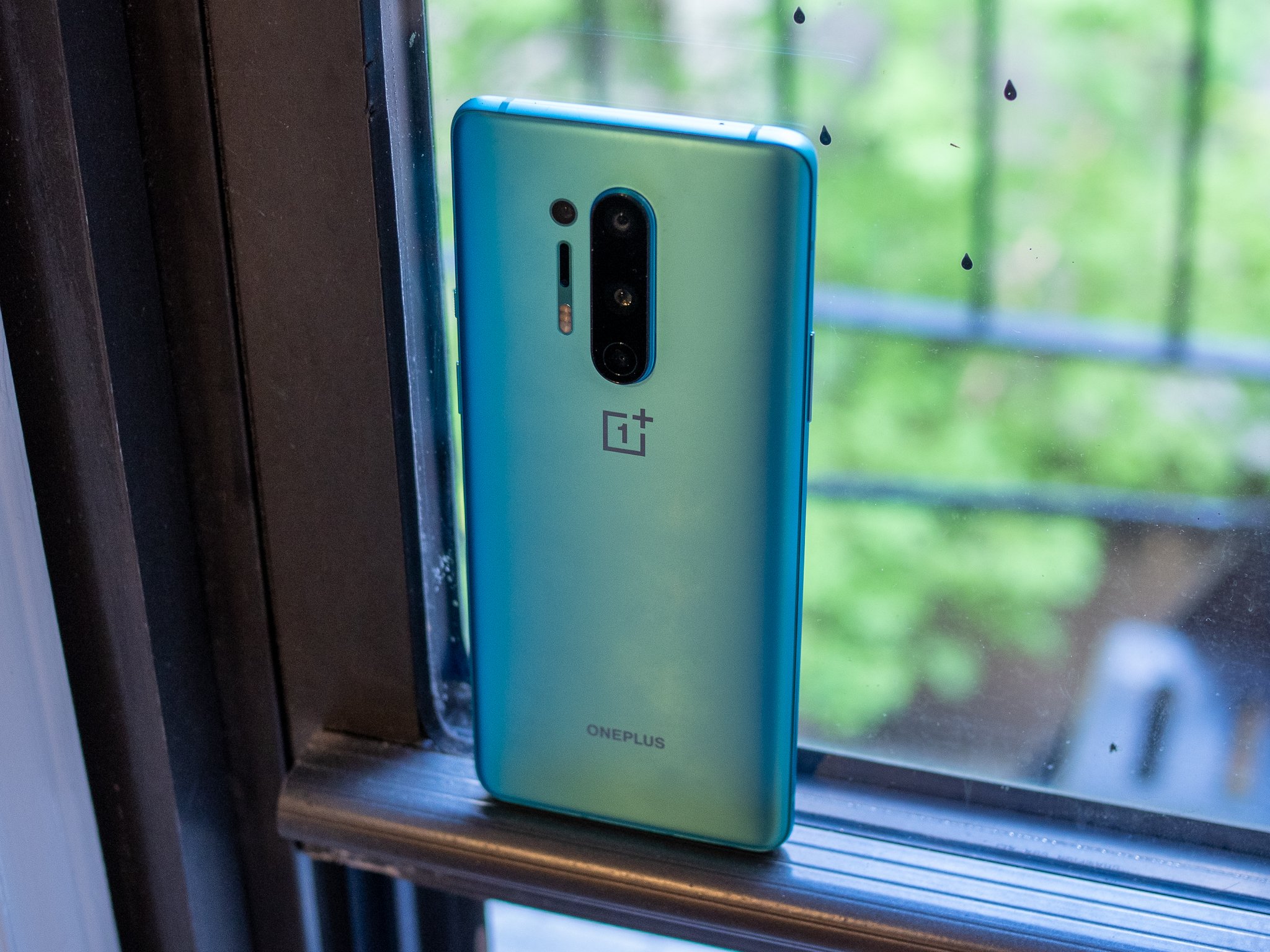
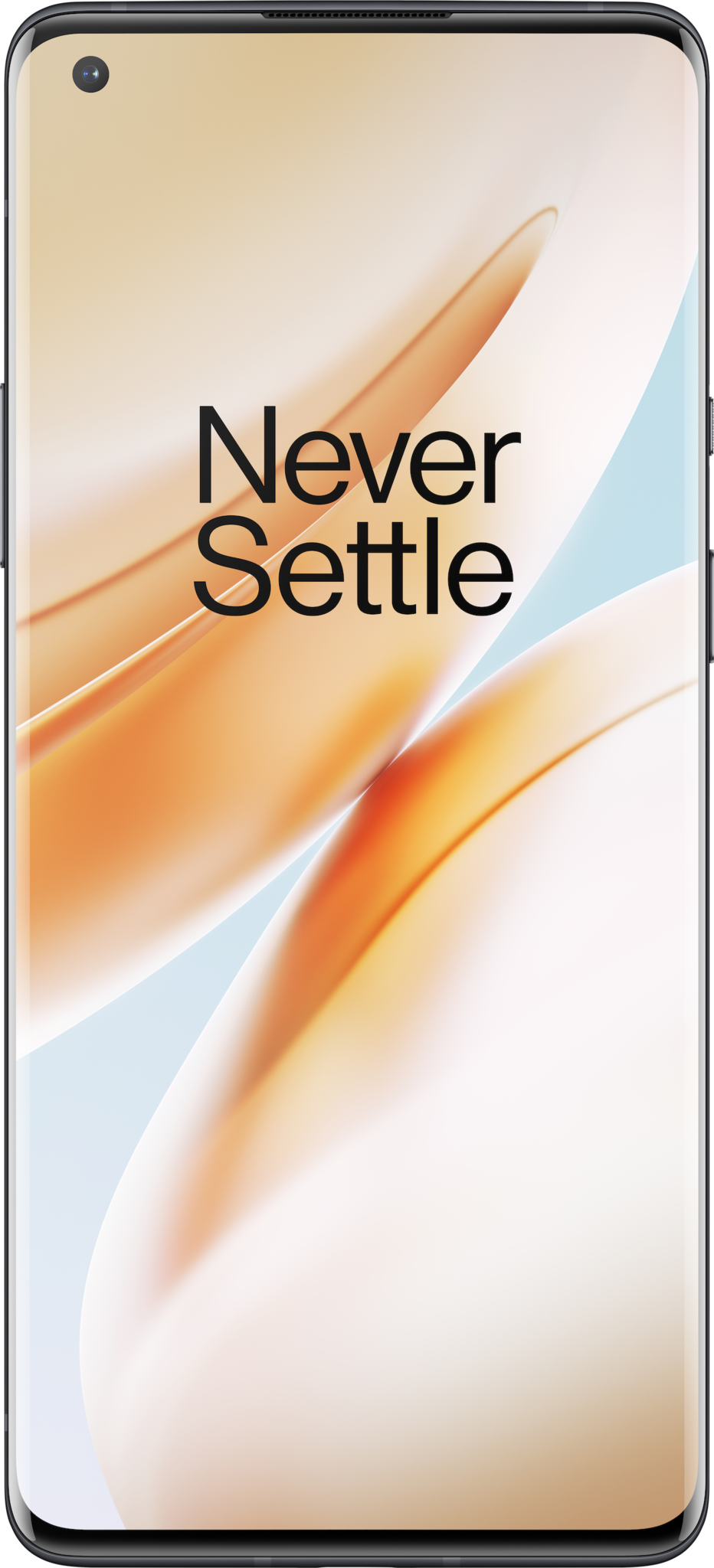
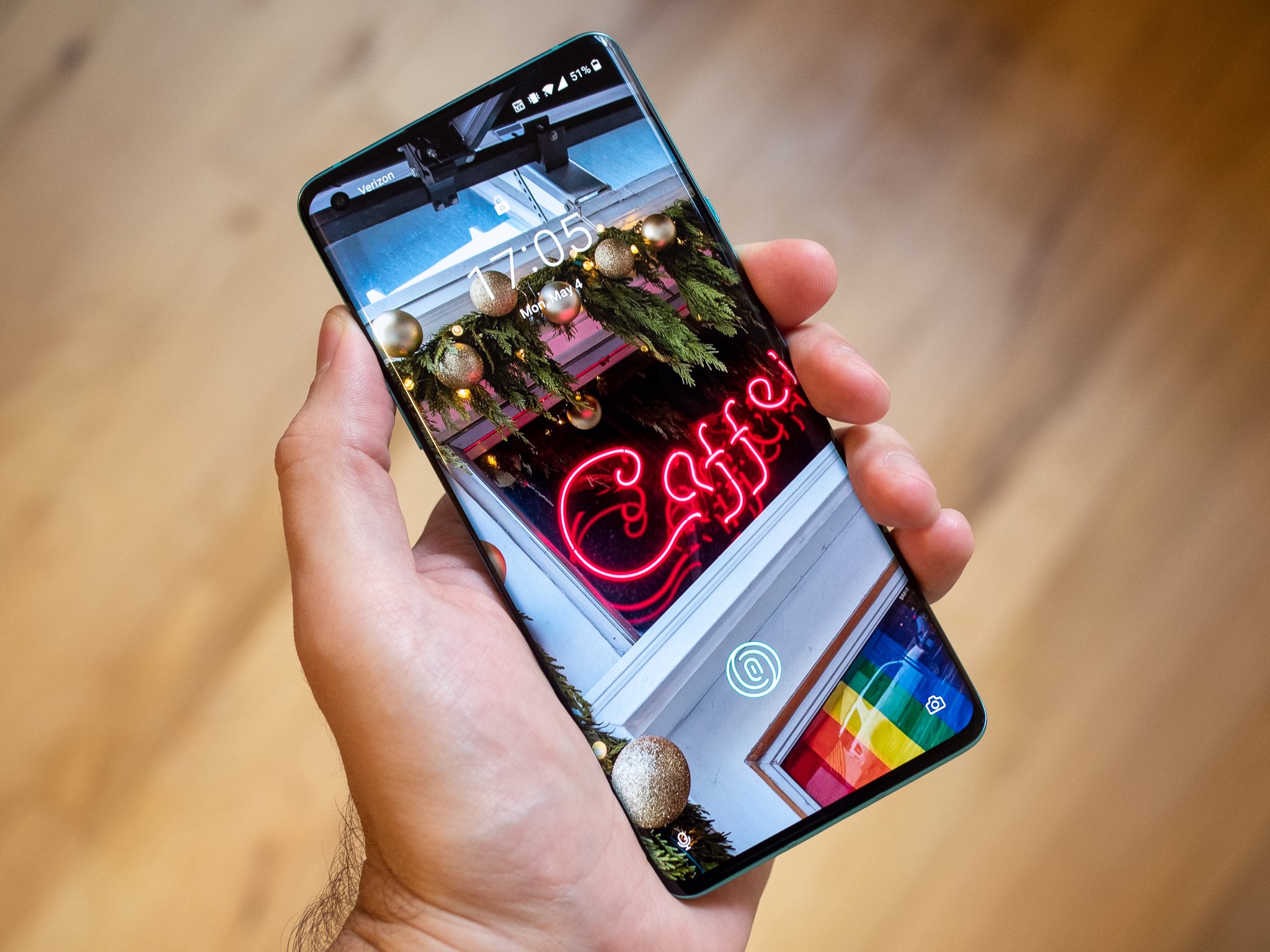
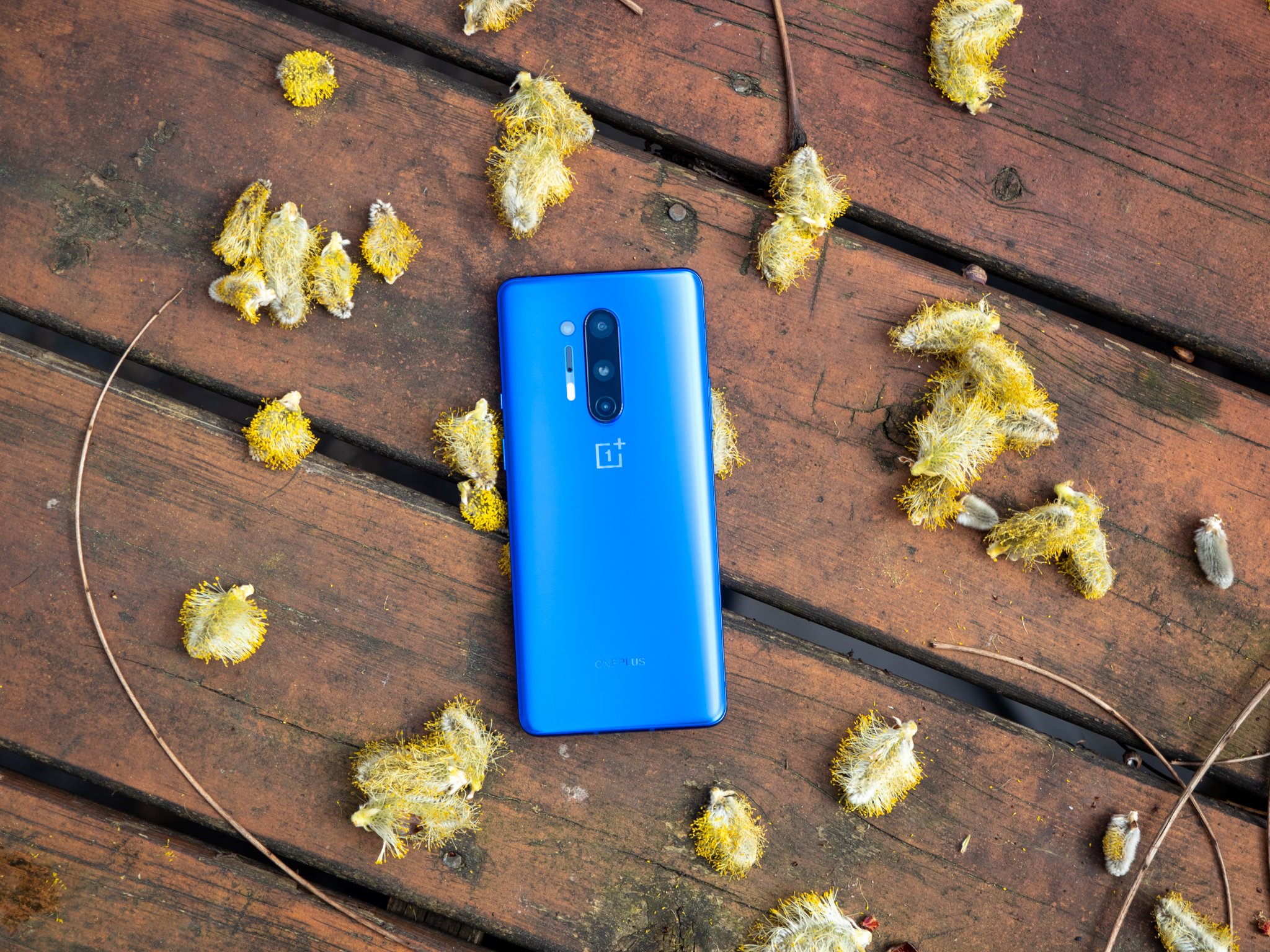

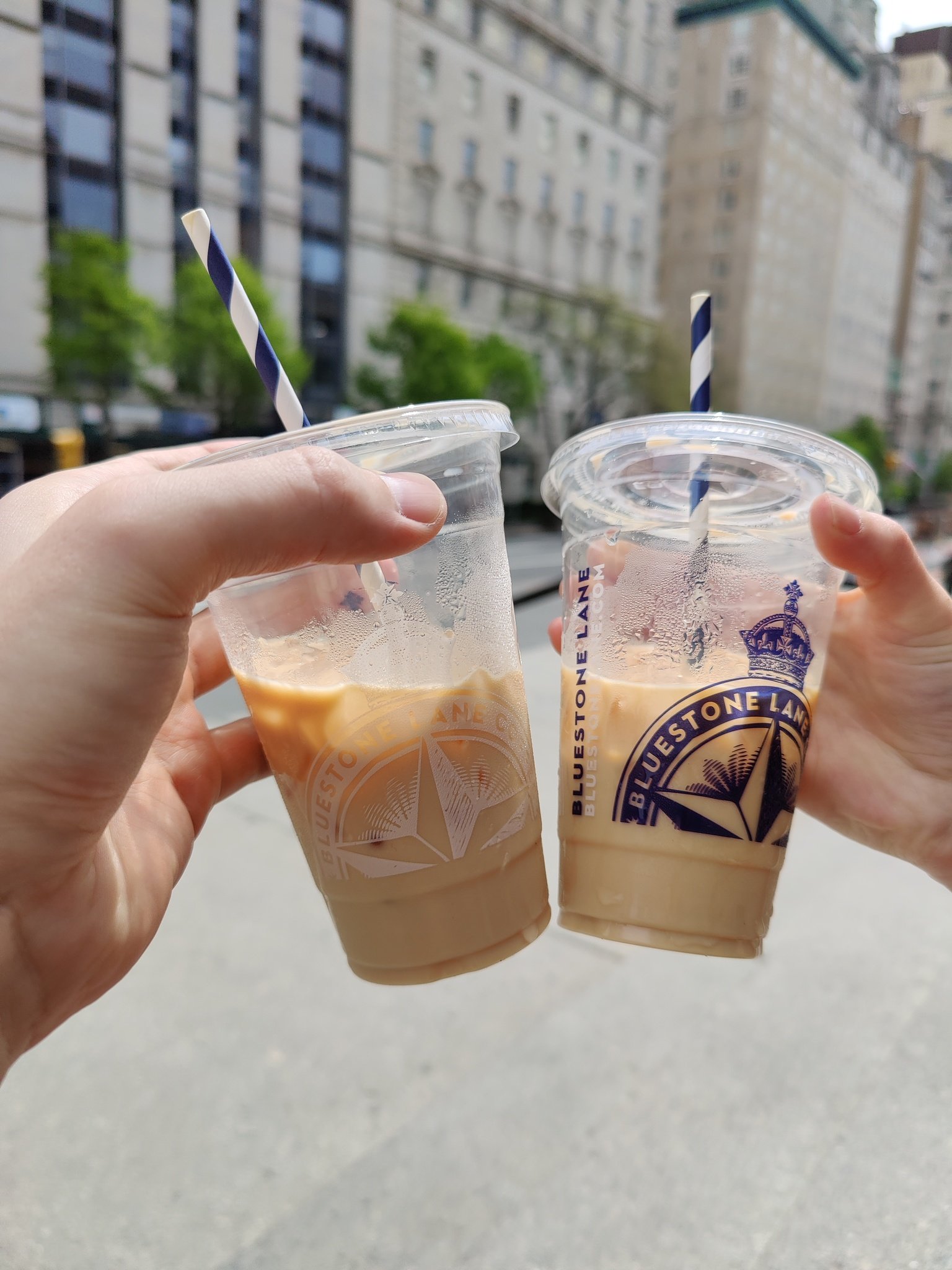



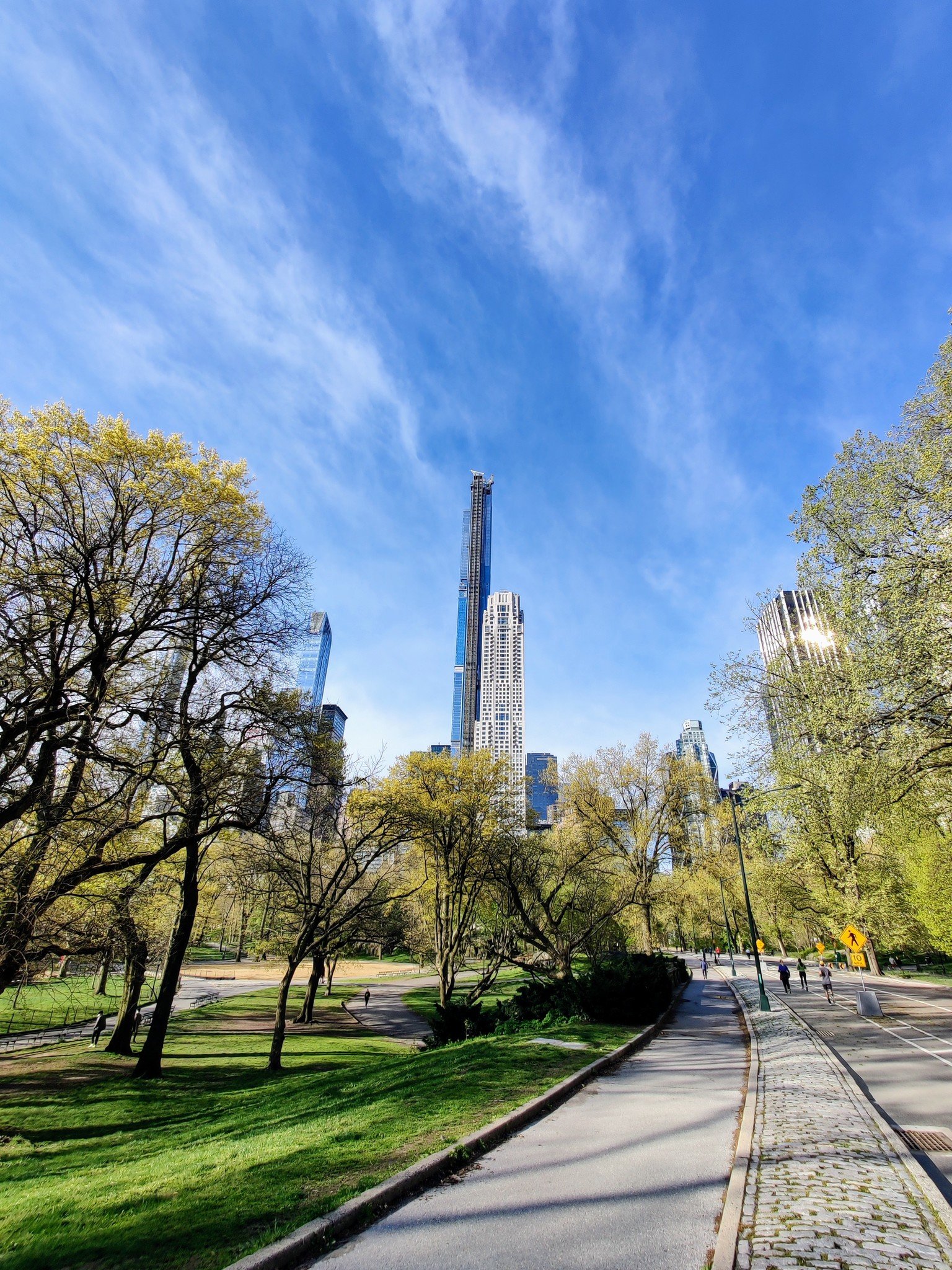




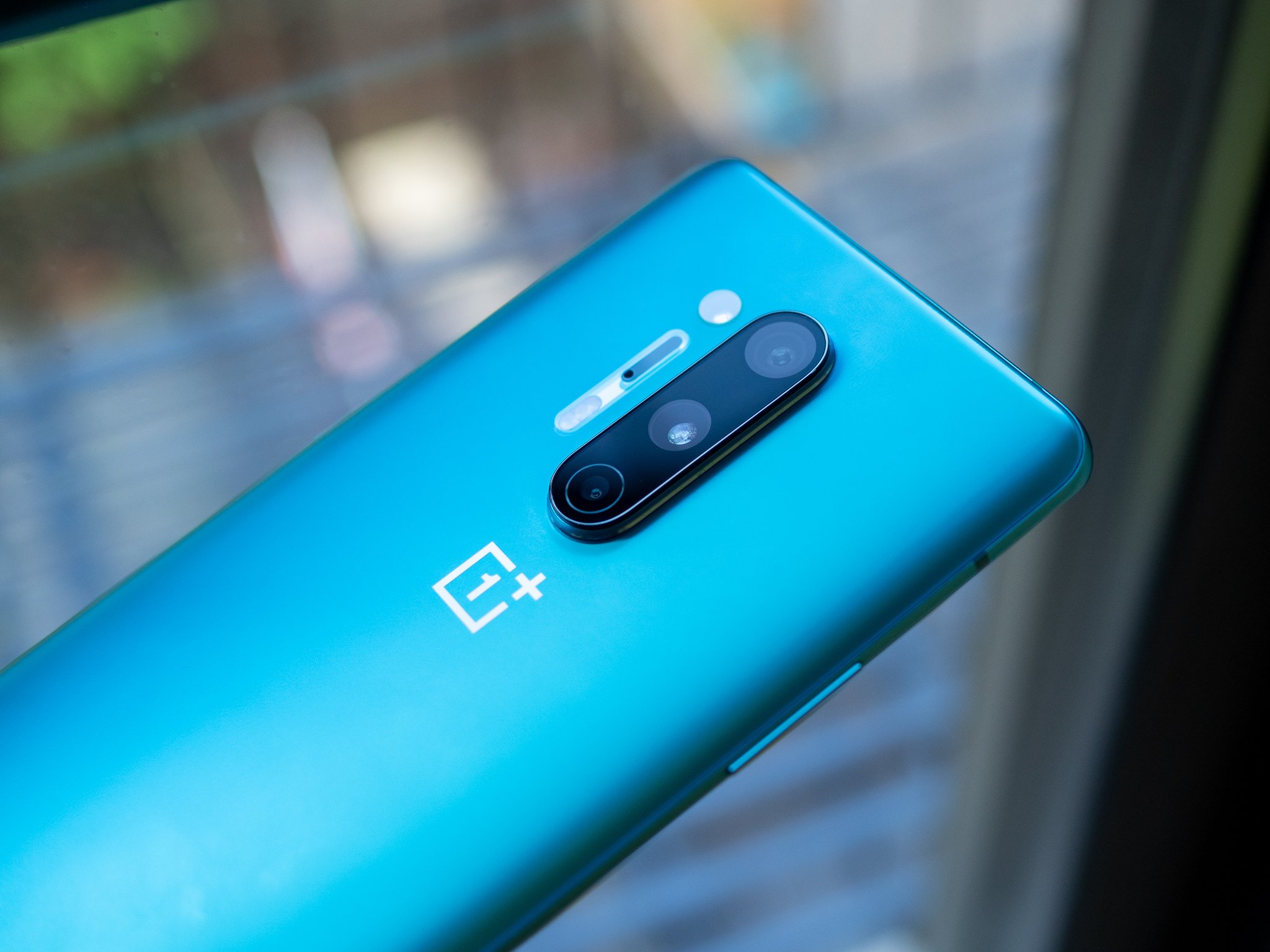
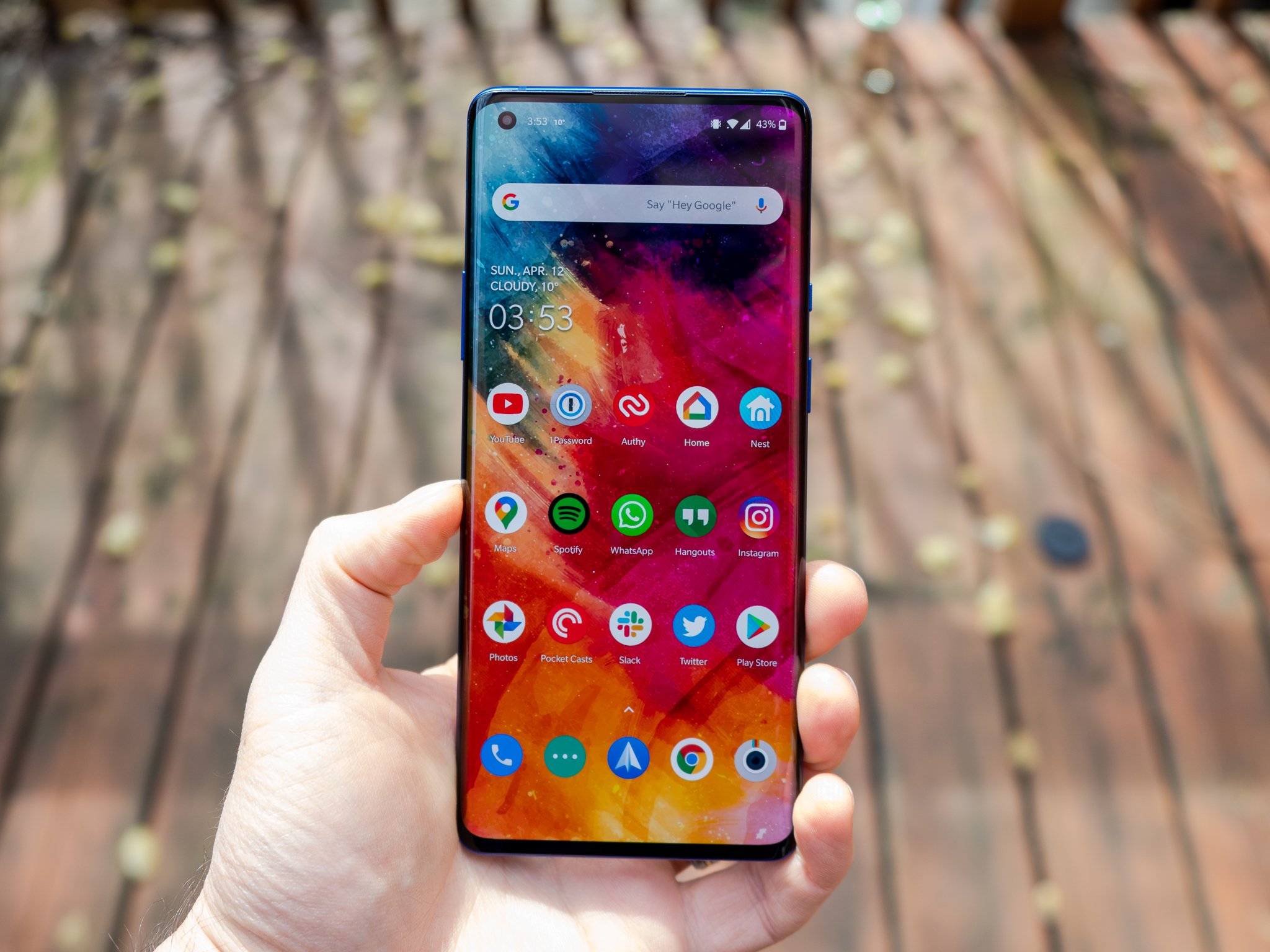
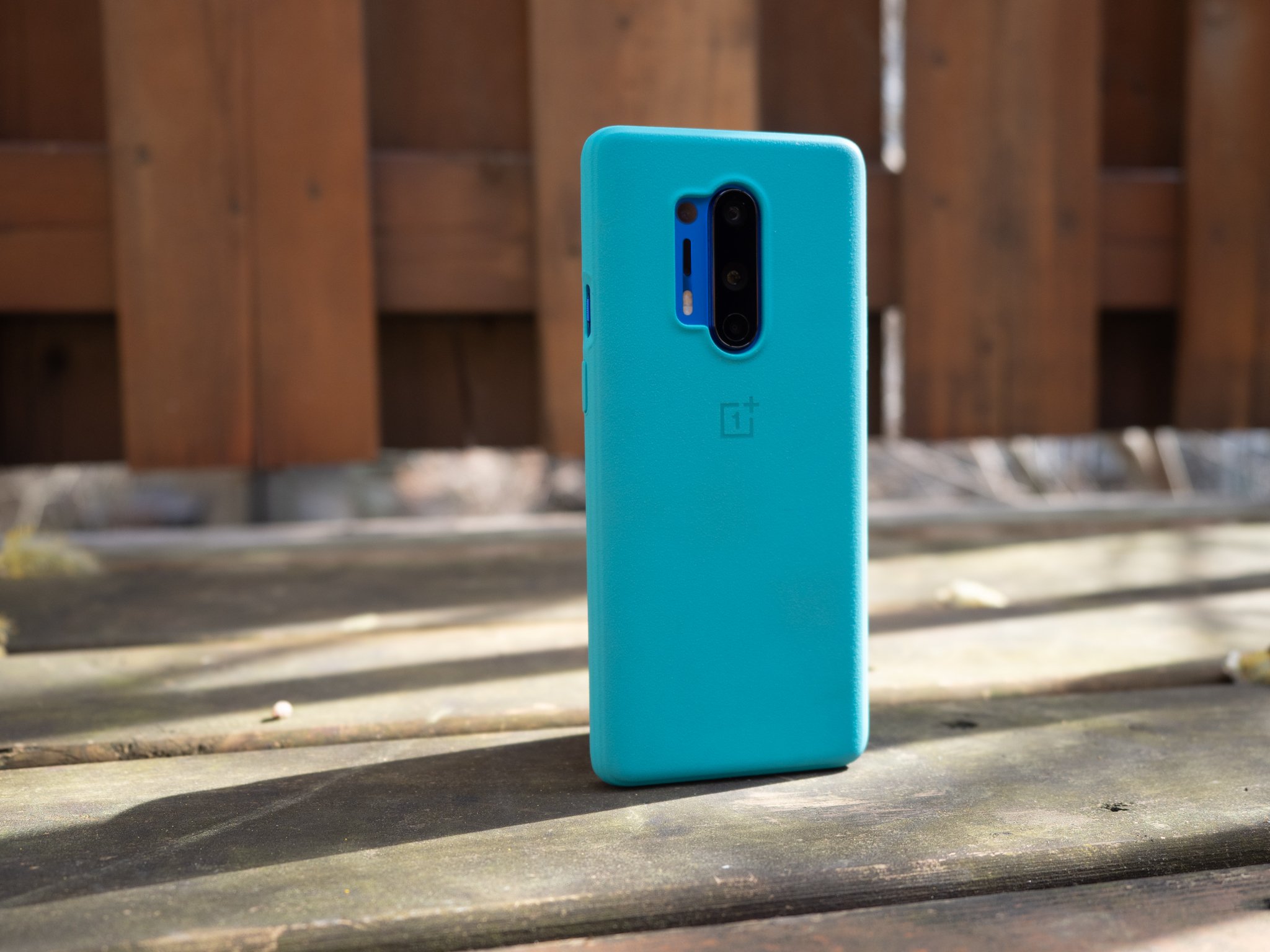
Aucun commentaire:
Enregistrer un commentaire